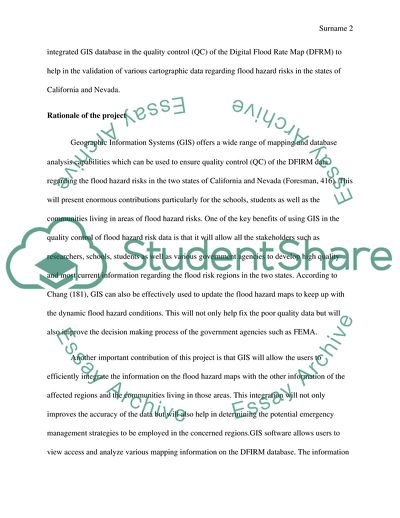Cite this document
(The Quality Control of Geographic Information System QC Process Research Proposal, n.d.)
The Quality Control of Geographic Information System QC Process Research Proposal. https://studentshare.org/information-technology/1778303-gis-qc-process
The Quality Control of Geographic Information System QC Process Research Proposal. https://studentshare.org/information-technology/1778303-gis-qc-process
(The Quality Control of Geographic Information System QC Process Research Proposal)
The Quality Control of Geographic Information System QC Process Research Proposal. https://studentshare.org/information-technology/1778303-gis-qc-process.
The Quality Control of Geographic Information System QC Process Research Proposal. https://studentshare.org/information-technology/1778303-gis-qc-process.
“The Quality Control of Geographic Information System QC Process Research Proposal”. https://studentshare.org/information-technology/1778303-gis-qc-process.


